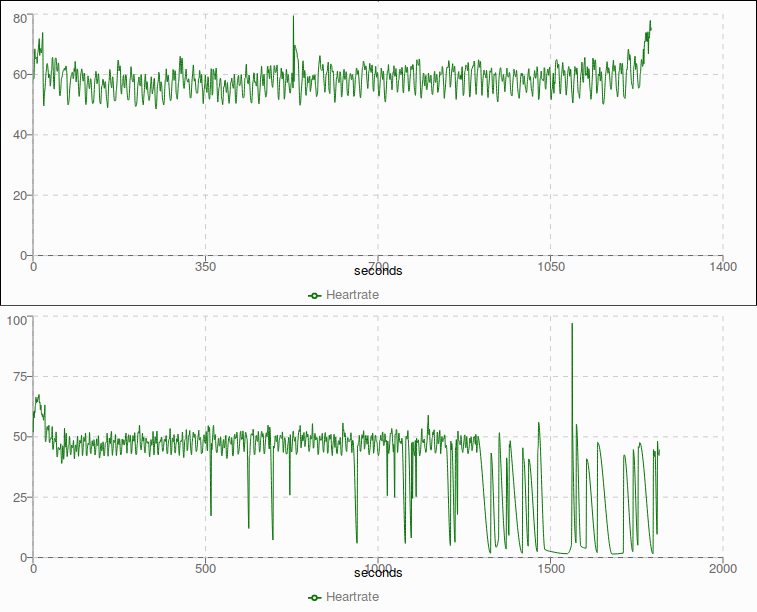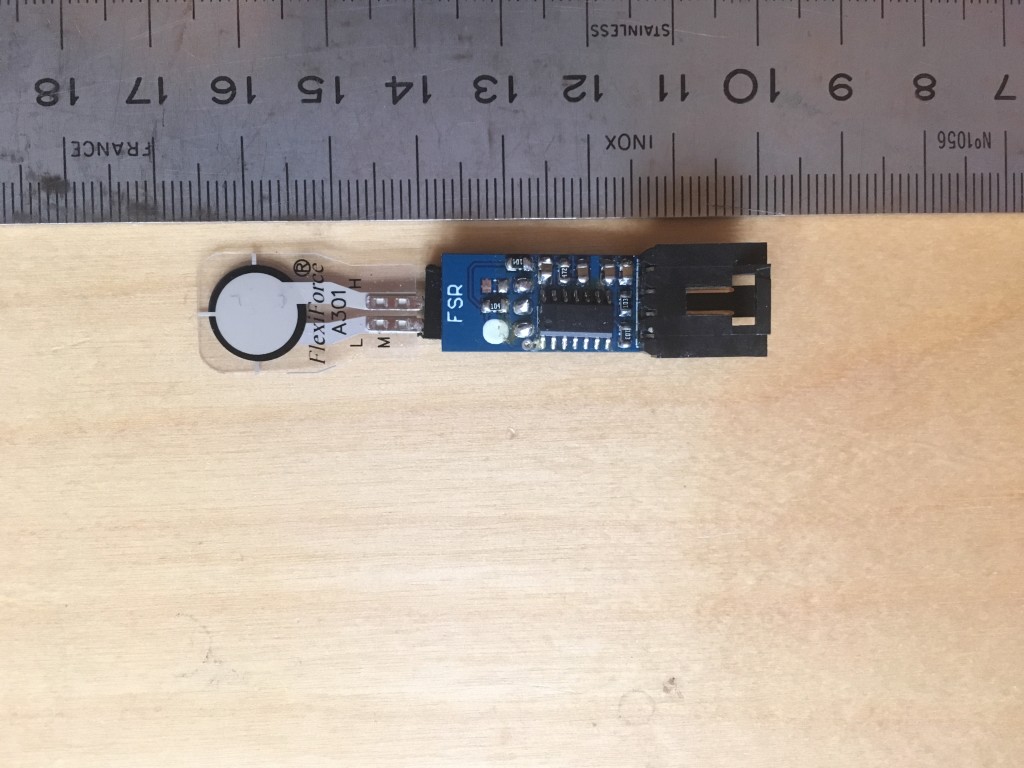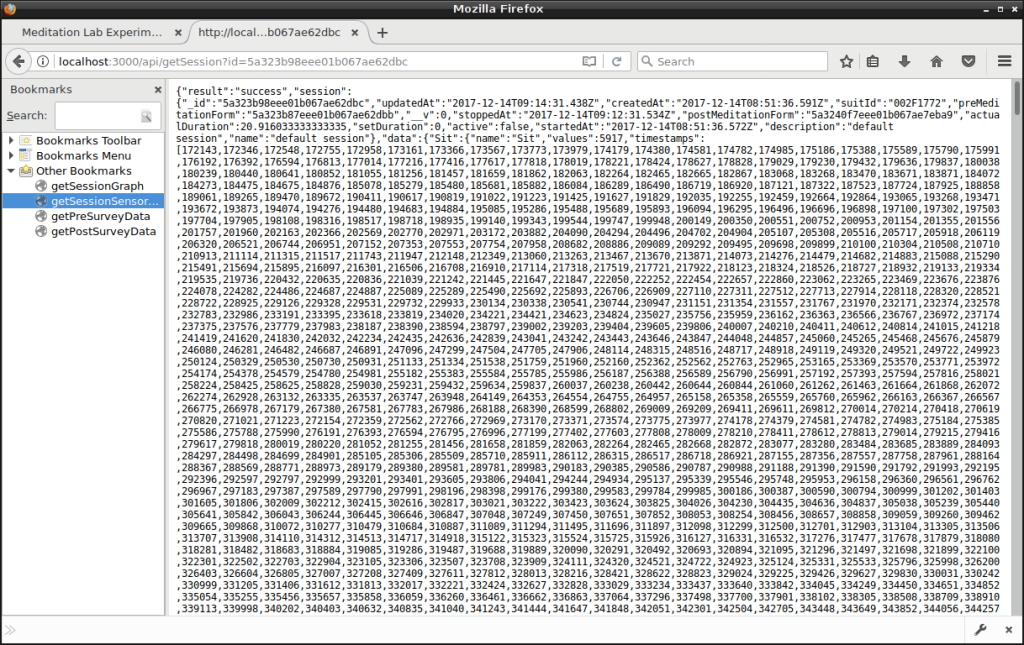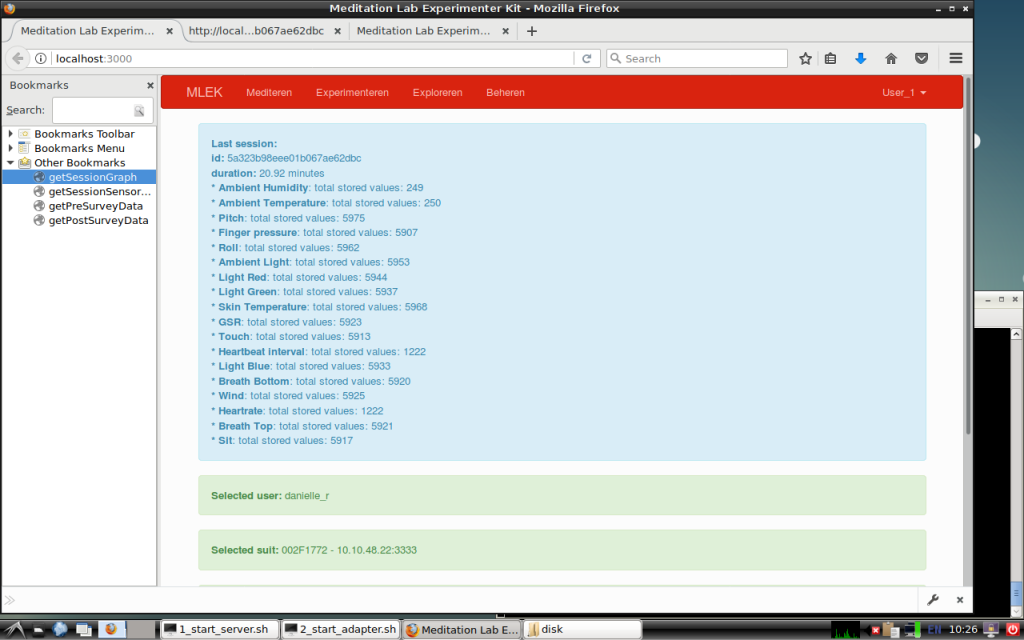I suppose the answer to that question is obvious but not so easy to realise: during a retreat. But still, that is what I did. Last week I spend 6 days meditating while at the same time putting my brand new wearable and software platform to the test.

What is it all about?
For those of you who missed it: the past 3 months I’ve been working on the Meditation Lab Experimenter Kit. The focus on those first months has been to design and develop a new Silence Suit wearable, improve the electronics and create a software platform (the Data Server) to log and explore the data.
The whole team has been working really hard to get the prototype ready for single user testing. It was quite exciting to put all the different parts together which have been developed by different team members on separate locations. I managed only just in time to get everything to work for the start of my self conducted retreat.
Data science
The main goal was to gather as much baseline data as possible. At a later stage I will try to influence my meditation through manipulating the light. But to really see the effects I need insight into how my ordinary meditation data looks. So German, our AI and data science expert, advised me to get as many 20 minute sessions as possible. I managed to do 54!
Things I wanted to know:
Do all the sensors produce reliable data?
How stable is the software platform?
How easy is it to use the wearable and the platform?
Will I enjoy using both?
Do all the sensors produce reliable data?

Because I had been working with most of the sensors in my first prototype I had a pretty good idea of what the data should look like. Programmer Simon had swiftly put together a script that could plot data from all the sensors in graphs. That way I could easily grasp the main trends. It immediately became clear that the heart-rate sensor wasn’t doing what I’d hoped. A lot of beats were missed, once even only 2 data points were collected in 20 minutes (and no, I was not dead).
Oddly enough the rest of the data was fine. I tried recharging the batteries and changing the ear clip but nothing worked and whether or not I’d get good data seemed unpredictable. Until the final day.
While looking at the graphs after I’d finished a session I casually rubbed my earlobe and it felt cold. I looked at the data and saw that the signal deteriorated towards the end of the session. Eureka! The blood flow to my earlobe was the problem, not the electronics.
Cold is a major influence but I also want to experiment with the tightness of the clip. It might prevent the blood from circulating properly.
So most sensors performed well, better even than I’d hoped. Unfortunately no data comes from the cute little PCB one of the students at Design Lab has designed and soldered. Also the soft sensor for detecting sitting down (also the start button) is still unstable.

How stable is the software platform?
The software runs on my old Dell laptop and Simon has installed the Lightweight X11 Desktop Environment (LXDE) on it. So it runs on Linux which was a new experience for me. But I like it, it is basic and simple and does what it should. To start the system I have to run the server for data storing and the adapter for communication with the hardware. I must say I am very impressed with the whole performance. There has been no data loss and the plots are great to get an impression of the session.

How easy is it to use the wearable and the platform?
I was pleasantly surprised by the comfortableness of the suit even after 10 sessions in one day. Putting it on with attention takes about 2 minutes and then you’re all set. You hardly notice that you are packed with 10 different sensors.
The pre and post qualitative forms are easy to use. At the moment I still have to use URLs to access certain functionality but everything works and that was such a relief. Plotting the data with around 5000 data points per sensor per 20 min session is hard work for my old Dell. But it gives me time to do a little walking meditation…
Maybe it is just me but I don’t mind filling in two forms for every session. I seriously consider every question and try to answer as honestly as I can.
Doing two or three session in a row is even easier. All I have to do is refresh the home page of the server and I can start another session.
Will I enjoy using both?
Well yes, using the system was a pleasant experience for me. I did learn that I should not look at the data before filling in the post meditation questionnaire because the data caused my mood to plummet. So it will be best to have the data summery after that has been done.

I have a lot of confidence that the system will be useful and give a lot of insights. There is still a way to go until I can actually automate the light actuation intelligently. But the plots did show variations and now German can work his magic. I can’t wait to see what he will come up with.